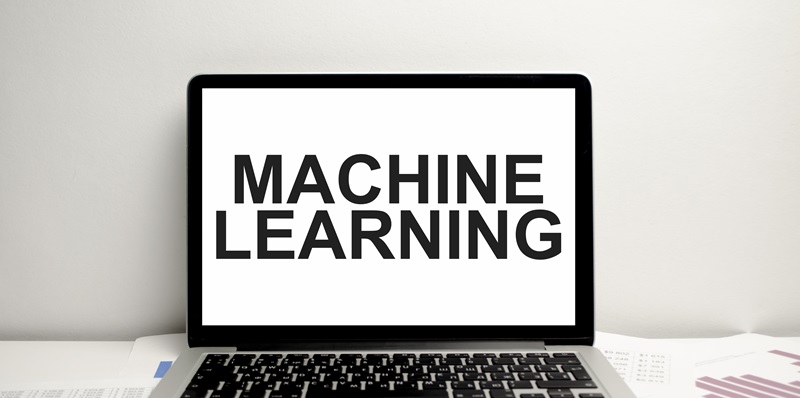Machine Learning (ML) is revolutionizing the financial services landscape, specifically in the realm of embedded lending risk analysis. By embedding lending capabilities directly within non-financial services and products, businesses are offering seamless financing options. However, this integration brings complex risk evaluation challenges. ML answers these challenges with algorithms that excel in interpreting massive datasets, enabling lenders to predict creditworthiness with unprecedented accuracy. Patterns in historical borrowing behavior, repayment trends, and credit scores are just the tip of the iceberg. ML delves deeper, uncovering nuanced borrower profiles that include spending habits and income stability. By capitalizing on ML’s predictive capabilities, financial institutions can make informed lending decisions, effectively reducing risk and fostering trust.
Embedded lending has not only widened access to credit for consumers but also for small businesses seeking growth opportunities. With ML algorithms, lenders can streamline the underwriting process, cutting down on lengthy evaluations and reducing potential biases. The capability to process and analyze data at scale has given birth to dynamic risk assessment models. These aren’t just reactive; they’re proactive as well, identifying potential red flags before they develop into significant threats. As a result, financial service providers can offer more personalized, fair, and competitive loan terms. This enhances customer satisfaction and loyalty while simultaneously protecting the lender’s interests.
Customized Lending Strategies Through ML Insights
Machine learning has revolutionized risk analytics in lending, providing a sophisticated level of personalization in evaluating creditworthiness. Unlike the broad strokes of traditional models, ML allows lenders to finely categorize borrowers, reflecting the true risk present. This granularity benefits both lenders and borrowers—lenders can devise personalized lending strategies, while borrowers receive rates and terms that correspond to their financial behaviors, fostering a fairer financial environment.
The dynamic nature of ML models, which improve with more data, ensures that risk assessments evolve with the ever-changing financial landscape. This adaptability is vital for financial institutions to stay competitive, as new types of credit and economic conditions emerge. By fully embracing ML, the finance sector not only responds to market changes but also actively influences them, nurturing a robust, innovative industry that promotes both security and broader access to credit.

